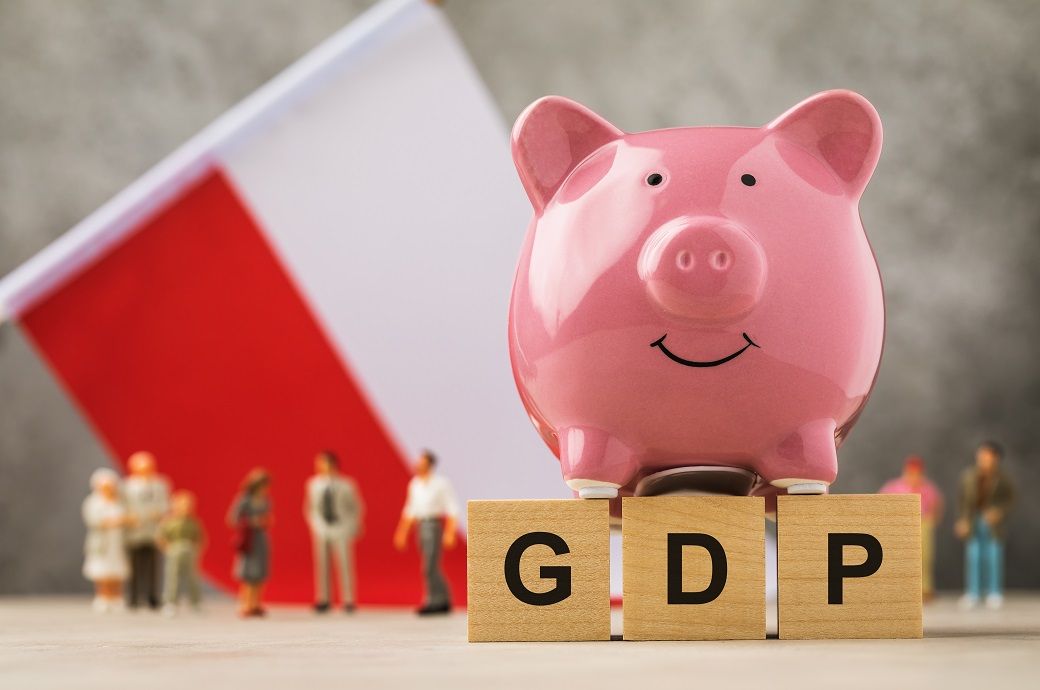

The country’s economy recovered quickly and strongly from the COVID-19 pandemic, but in the wake of Russia’s war of aggression against Ukraine growth is stalling, with inflation at its highest level in two decades.
In this challenging environment, macroeconomic policy needs to strike a fine balance between supporting the economy while reducing inflation. Structural reforms aimed at paving the way for a successful green transition, reaping the benefits of digitalisation and strengthening public finances, will help Poland to continue lifting living standards, as per the latest OECD survey.
Prior to COVID-19 and the war in Ukraine, Poland was one of Europe’s fastest-growing economies. Growth averaged 3.7 per cent a year over the decade to 2020, lifting living standards to around 80 per cent of the OECD average. Gains in labour productivity and sound macroeconomic policies were the main drivers of those achievements. The economy has also benefited from high levels of inward investment, its strong participation in global value chains and its shift towards higher-value activities.
Since Russia’s invasion of Ukraine one year ago, Poland has displayed extraordinary generosity in welcoming and integrating over a million refugees from Ukraine, providing public services, school places and employment.
Economic activity recovered to its pre-pandemic level in early 2021 with unemployment falling to its lowest level since Poland’s transition to a market economy.
For the immediate future, it is important to ensure that energy-related support to households and firms remains temporary and does not add to inflationary pressure. Over the longer term, while Poland’s debt is relatively low at 50 per cent of GDP, its public finances face mounting pressures from population ageing and higher health and defence spending. The country should carry out a comprehensive spending review, improve spending efficiency, and broaden the tax revenue base by eliminating some value-added tax exemptions, the survey recommended.
Poland has made significant progress in digitalising its economy but still lags other EU countries in terms of digital skills and firms’ adoption of digital technologies. Doing more to help small and medium-sized enterprises to implement new technologies and promoting flexible lifelong adult skills training would help to accelerate the digital transition and improve productivity growth.
Finally, given Poland’s continued reliance on coal and changes in energy supply, the survey recommended the government follow through on a planned revision of its strategy on how to achieve the transition to climate neutrality through changes in energy supply.
Fibre2Fashion News Desk (DP)